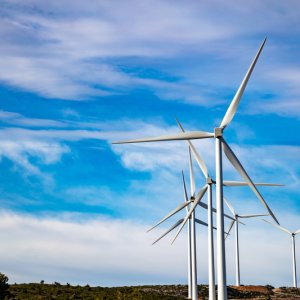
SENER Publishes PRODESEN 2023-2037
 By Perla Velasco | Journalist & Industry Analyst -
Thu, 06/01/2023 - 11:20
By Perla Velasco | Journalist & Industry Analyst -
Thu, 06/01/2023 - 11:20
The Ministry of Energy (SENER) has published the National Electric System Development Program (PRODESEN) for the period 2023-2037. One of the key highlights of this program is the plan to add approximately 1,800 circuit kilometers (km-c) of transmission capacity at 400kV, during the specified timeframe. This expansion in transmission capacity will be propelled by strategic projects such as the I19-CE1, focused on increasing transmission capacity from the Northeast to the Central Region, and the I20-SIN1, aimed at resolving congestion issues in internal transmission links within the Northwest GCR, as well as transmission links with the Western and Northern GCR.
According to PRODESEN, a total of 289 projects, authorized by SENER and implemented by CFE Transmisión and CFE Distribución, are set to be operational between the second half of 2023 and 2030. These projects will predominantly be deployed in Sinaloa, Hidalgo, State of Mexico, Guanajuato, Nayarit and Quintana Roo, as highlighted by SENER. Notably, Sinaloa will witness the most significant surge in transmission capacity.
PRODESEN also focuses on the growth of distributed generation (DG) within the national electric system. By 2027, it is projected that the installed photovoltaic capacity in DG will experience a 186% increase, compared to the capacity recorded at the end of 2022. Looking ahead to 2037, PRODESEN projections indicate an even more remarkable surge, with the percentage reaching 543%.
The commitment to expanding transmission capacity and promoting DG will not only meet the increasing demand for electricity but also foster a more sustainable and resilient energy landscape for the country. The implementation of these projects will play a vital role in driving economic growth, ensuring energy security and reducing greenhouse gas emissions.
According to experts, one of the major hurdles that Mexico's energy matrix confronts is insufficient distribution and transmission infrastructure, particularly in facilitating the integration of renewable energy facilities. Although Mexico's energy policy has sparked discontent among its USMCA partners, the country has committed to enhancing transmission capacity to facilitate greater grid interconnection. However, the government has also expressed its intent for CFE to have control over more than half of the electricity market.
According to PRODESEN, Mexico has reached 31.2% of clean electricity generation, putting the country within 3.8% of reaching its target of 35% of total generation from "green" sources. Nevertheless, an agreement recently published by CRE sparked controversy regarding green energy, as it categorizes natural gas generation in combined-cycle power plants as fuel-free energy, thereby approving it for Clean Energy Certificates (CELs). While the move is intended to promote cleaner energy sources, critics argue that it may artificially inflate the proportion of clean energy in the electricity system.
















